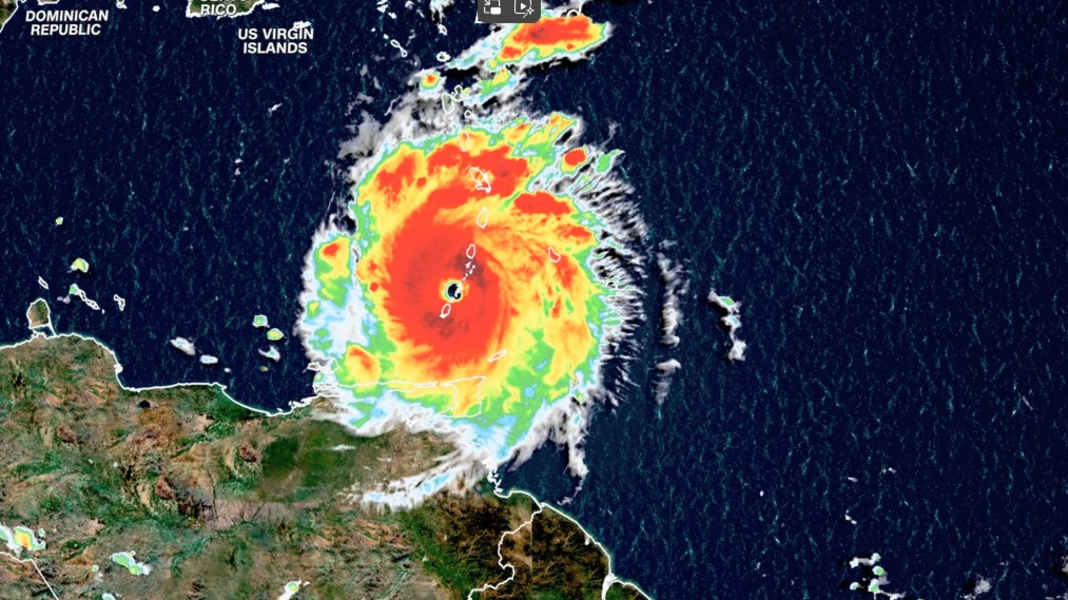
No damage has yet been reported. The national weather authorities had issued an early warning to the approximately 6,000 inhabitants of Carriacou and the residents of the neighbouring Windward Islands to take shelter. The warning applied in particular to Barbados, St Lucia, St Vincent and the Grenadines, Grenada and Tobago. The situation there is becoming life-threatening, not only because of the storm, but also because of the threat of storm surges, according to the meteorologists.
"This is an extremely dangerous and life-threatening situation. Take action now to protect your life! Residents in Grenada, the Grenadine Islands, and Carriacou Island should not leave their shelter as winds will rapidly increase within the eyewall of Beryl. Remain in place through the passage of these life-threatening conditions and do not venture out in the eye of the storm", was the urgent and unequivocal message from the US weather authority.
The Prime Minister of St Lucia, Philip Pierre, therefore declared a national emergency. He addressed his compatriots on Facebook: "May God guide and protect us all!"
"Beryl" had only developed from a tropical storm to a category 1 hurricane on Saturday. On its path from the South Atlantic towards the north-west, it then continued to increase in strength. It is now storming with wind speeds of 220 kilometres per hour, and even stronger in gusts.
Earliest major hurricane since weather records began
The hurricane season over the Atlantic officially begins on 1 June, but normally "only" tropical storms or hurricanes of the lower categories one or two occur this early in the year. Category four Beryl will therefore go down in the record books as the earliest major hurricane since records began.
Experts see a possible cause for this early occurrence of a hurricane in the current above-average water temperatures in the Atlantic, while the Pacific is cooling unusually strongly as a result of a La Niña effect. This constellation gives rise to fears of a particularly intense hurricane season this year.
Sailors fled south in droves
Many sailors in the Caribbean have apparently also been surprised by Beryl. Over the past few days, many crews have tried to get their boats out of the particularly endangered island regions. The usual AIS platforms on the internet showed regular fleets of pleasure craft apparently trying to escape the danger zone.
How many of them have actually made it to a safe harbour or a sheltered anchorage will become clear over the next few days. Only then will the extent of the destruction caused by the hurricane become clear.
Nevertheless, before Beryl, which is now travelling further northwest, reaches the Mexican peninsula of Yucatán in a few days, it will have weakened to a much less dangerous tropical storm according to meteorologists' calculations.
